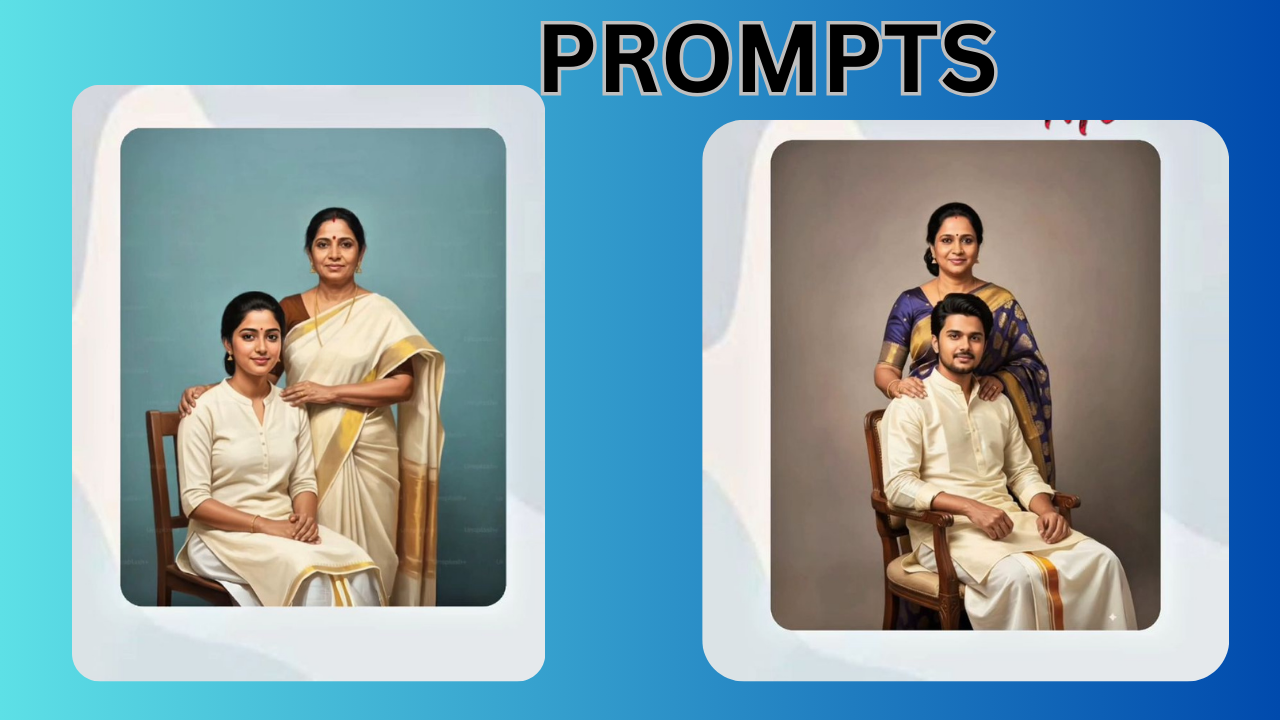Introduction to Gemini
Here are the some Prompts of this type of images.In the world of artificial intelligence (AI), a prompt is the input a user provides to an AI system to generate a response. For example, when interacting with a chat bot like Chat GPT, the questions, commands, or statements typed by the user act as prompts. The AI interprets these inputs, processes them through its trained models, and generates a relevant reply. This makes the art of prompting often called prompt engineering a powerful skill. The better the prompt, the more accurate, useful, and creative the AI’s output.
HOW IT WORKS
prompts are equally important. Teachers use prompts as cues to inspire students to think critically, write essays, or engage in discussions. A writing prompt, for instance, might be a short phrase, a question, or a scenario designed to spark creativity. By presenting a focused direction, prompts help writers overcome blocks and explore new ideas. Similarly, in public speaking or acting, prompts are cues that guide performers when they forget their lines or lose focus.

Prompt:- I am giving two photos, one of me (male) and one of my mother (female). Please generate a realistic portrait of us together in a studio-like setting. Use both photos exactly as uploaded keep the facial looks, expressions, and structures 100% the same, without any changes (shoot mom photo and my photo exactly as provided).
High-detail, editorial photography style, 4K.
Make my mother stand beside me, wearing a traditional saree with elegant patterns, simple jewelry, and a calm expression. Position me sitting on a chair in front of her, wearing a shirt and dhoti with a border design.
Ensure she has one hand gently resting on my shoulder, showing a warmmother-and-son bond.
Keep the background plain with soft lighting, giving the image a natural, realistic, and timeless painted portrait

PROMPT 2
I am giving two photos one of me and one of my mother. Please generate a realistic portrait of us together in a studio-like setting. Make my mother stand beside me, wearing a traditional saree with elegant patterns, simple jewelry, and a calm expression. Position me sitting on a chair in front of her, wearing a shirt and dhoti with a border design.
Ensure she has one hand gently resting on my shoulder, showing a warm mother-and-son bond.
Keep the background plain with soft lighting, giving the image a natural, realistic, and timeless painted portrait feel.
Retro prompts focus on evoking nostalgia by incorporating design trends, color schemes, typography, fashion, and visual motifs that were popular in a specific era.
When crafting a retro prompt, it is important to clearly define the time period or decade, because the look of the 1960s is drastically different from the 1980s or 1990s.
In addition to the era, a retro prompt should include the style or medium, such as “vintage poster,” “pixel art,”
film photography,” “pop art illustration,” or “retro
futuristic design,” which tells the AI how to render the visual aesthetic. Adding details about colors, textures, and lighting is also crucial;
for example, muted sepia tones, pastel palettes, grainy textures, neon lights, or bold geometric patterns are all common in retro imagery. Including specific objects, fashion, or cultural references further enhances authenticity, like “a classic 1970s car parked on a city street with vintage street lamps” or “an 80s arcade scene with neon lights, pixelated characters, and retro signage.” Retro prompts can also integrate
composition and perspective, for instance, “a 1950s diner interior viewed from a corner table” or “an old-school cassette tape close-up on a wooden desk.” Advanced retro prompts may even specify camera techniques or imperfections like film grain, lens flare, vignettes, or faded edges to mimic photography from the era. By carefully combining these elements, a retro prompt guides the AI to generate images that not only capture the look of the past but also the mood, atmosphere, and cultural essence, creating visuals that feel nostalgic, stylish, and historically informed.
A well-crafted retro prompt might read: “A 1980s neon-lit arcade, vibrant pink and blue lights reflecting on shiny floors, pixelated game characters on screens, young teenagers playing games, cinematic perspective, highly detailed digital art in retro style, with film grain and slight vignette, capturing the nostalgic atmosphere of the era.” Ultimately, retro prompts are a powerful way to bring vintage aesthetics to life digitally, blending history, design, and imagination into striking visuals that transport viewers to another time.
The AI about the intended artistic representation. Adding color palettes, textures, and lighting is equally crucial; retro prompts often use muted sepia tones, pastel hues, neon glows, halftone textures, or faded edges to simulate the feel of physical media from the past. Including specific cultural references, objects, or fashion trends like a 1970s muscle car, rotary phones, cassette tapes, vinyl records, diners, arcade machines, or retro gadgets enhances authenticity and immediately communicates the time period to the AI.
Composition and perspective can also elevate a retro prompt, for example, “a bustling 1950s street scene viewed from a high-angle perspective” or “a 1980s living room with a CRT TV,
retro furniture, and sunlight streaming through blinds.” Advanced retro prompts often incorporate photographic imperfections typical of the era, such as film grain, vignettes, lens flare, faded colors, or slightly blurred edges, giving the final image a more tangible, realistic vintage look. Furthermore, retro prompts can combine emotional
